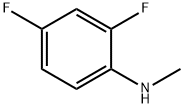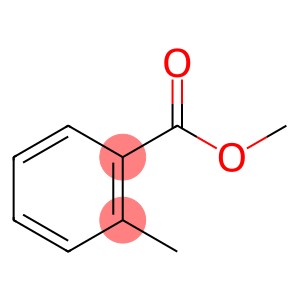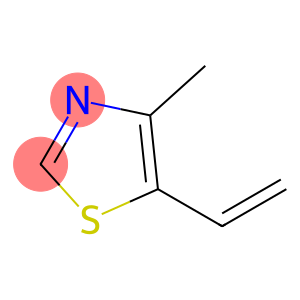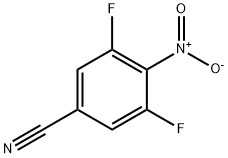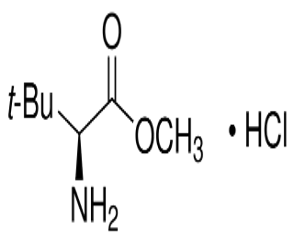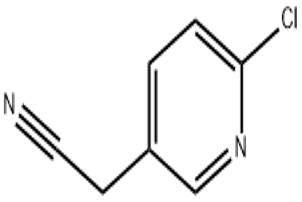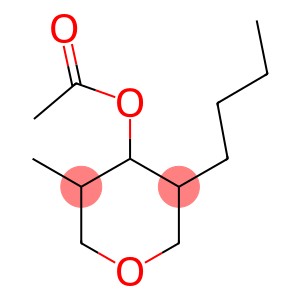1-bromo-3,4,5-trifluorobenzene(CAS# 138526-69-9)
Risk and Safety
| Risk Codes | R10 – Flammable R38 – Irritating to the skin R40 – Limited evidence of a carcinogenic effect R41 – Risk of serious damage to eyes R51/53 – Toxic to aquatic organisms, may cause long-term adverse effects in the aquatic environment. R36/37/38 – Irritating to eyes, respiratory system and skin. |
| Safety Description | S23 – Do not breathe vapour. S26 – In case of contact with eyes, rinse immediately with plenty of water and seek medical advice. S36/37/39 – Wear suitable protective clothing, gloves and eye/face protection. S61 – Avoid release to the environment. Refer to special instructions / safety data sheets. S36 – Wear suitable protective clothing. S16 – Keep away from sources of ignition. |
| UN IDs | UN 1993 3/PG 3 |
| WGK Germany | 2 |
| HS Code | 29036990 |
| Hazard Note | Irritant |
| Hazard Class | 3 |
| Packing Group | III |
1-bromo-3,4,5-trifluorobenzene(CAS# 138526-69-9) introduction
The following is an introduction to its properties, uses, manufacturing methods, and safety information:
nature:
1-Bromo-3,4,5-trifluorobenzene is a colorless liquid that is not easily volatile at room temperature.
Purpose:
1-Bromo-3,4,5-trifluorobenzene is widely used in organic synthesis. Its polarity and solubility can also be used as a solvent in organic synthesis reactions.
Manufacturing method:
1-Bromo-3,4,5-trifluorobenzene is usually prepared by brominating 1,3,4,5-tetrafluorobenzene. When 1,3,4,5-tetrafluorobenzene reacts with bromine, bromine replaces the position of fluorine to obtain the target product.
Security information:
1-Bromo-3,4,5-trifluorobenzene is an organic compound with certain toxicity. Contact with skin, eyes, or inhalation of their vapors may cause irritation and burns. Appropriate personal protective measures should be taken during operation and use, such as wearing gloves, goggles, and respiratory protective equipment. This compound should be stored in a sealed container, avoiding contact with oxygen, heat sources, and ignition sources to prevent combustion or explosion. Be careful during the handling process and follow the correct handling and disposal methods for chemicals to reduce safety risks.


